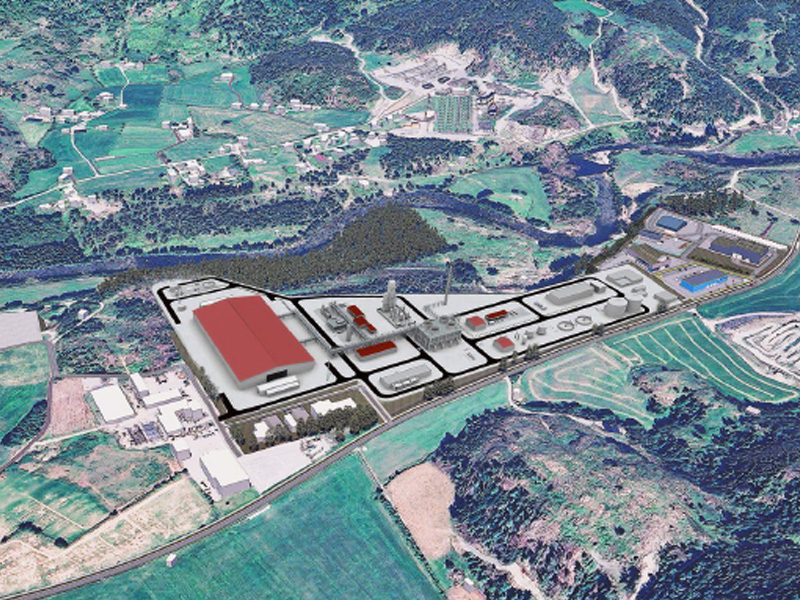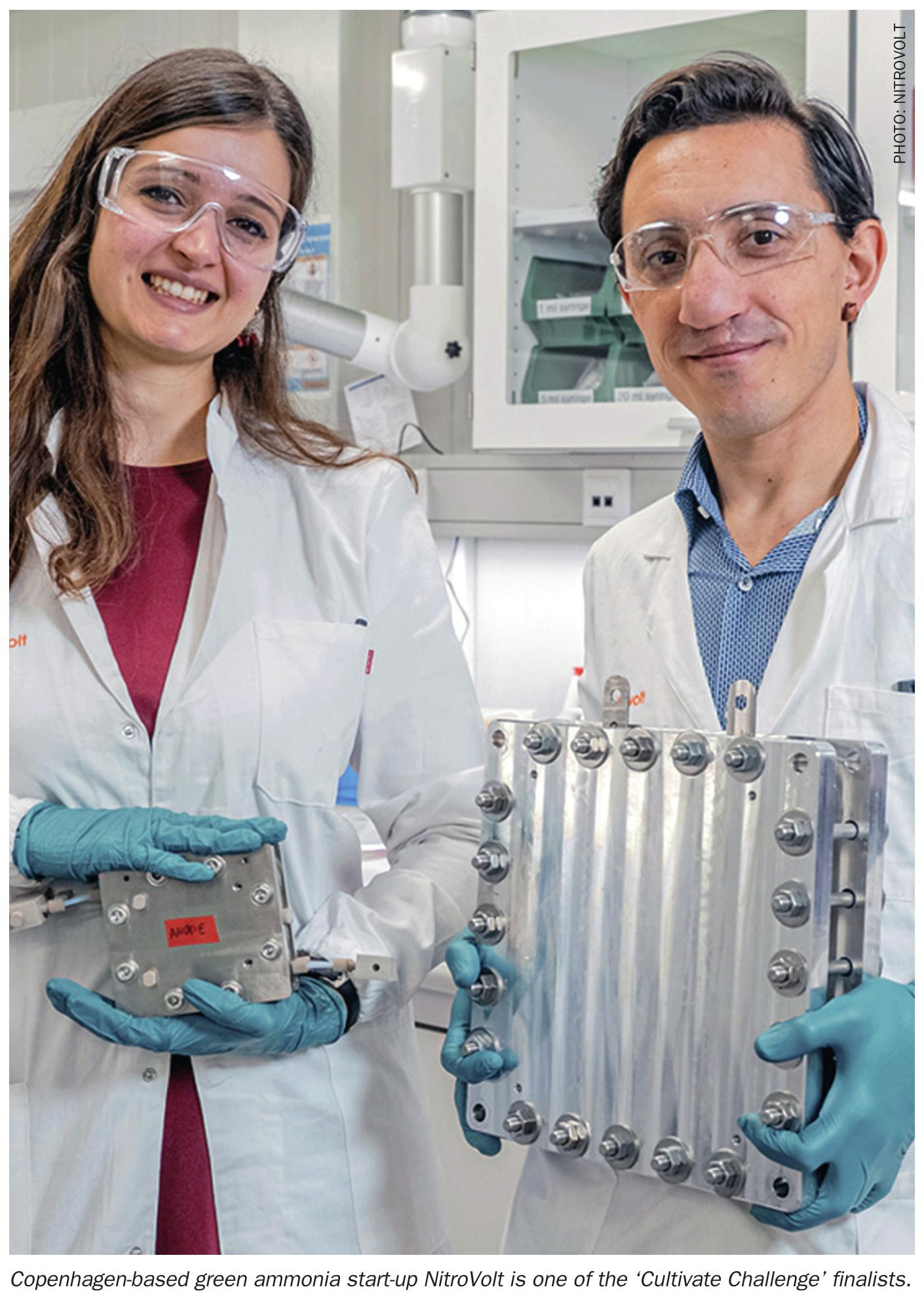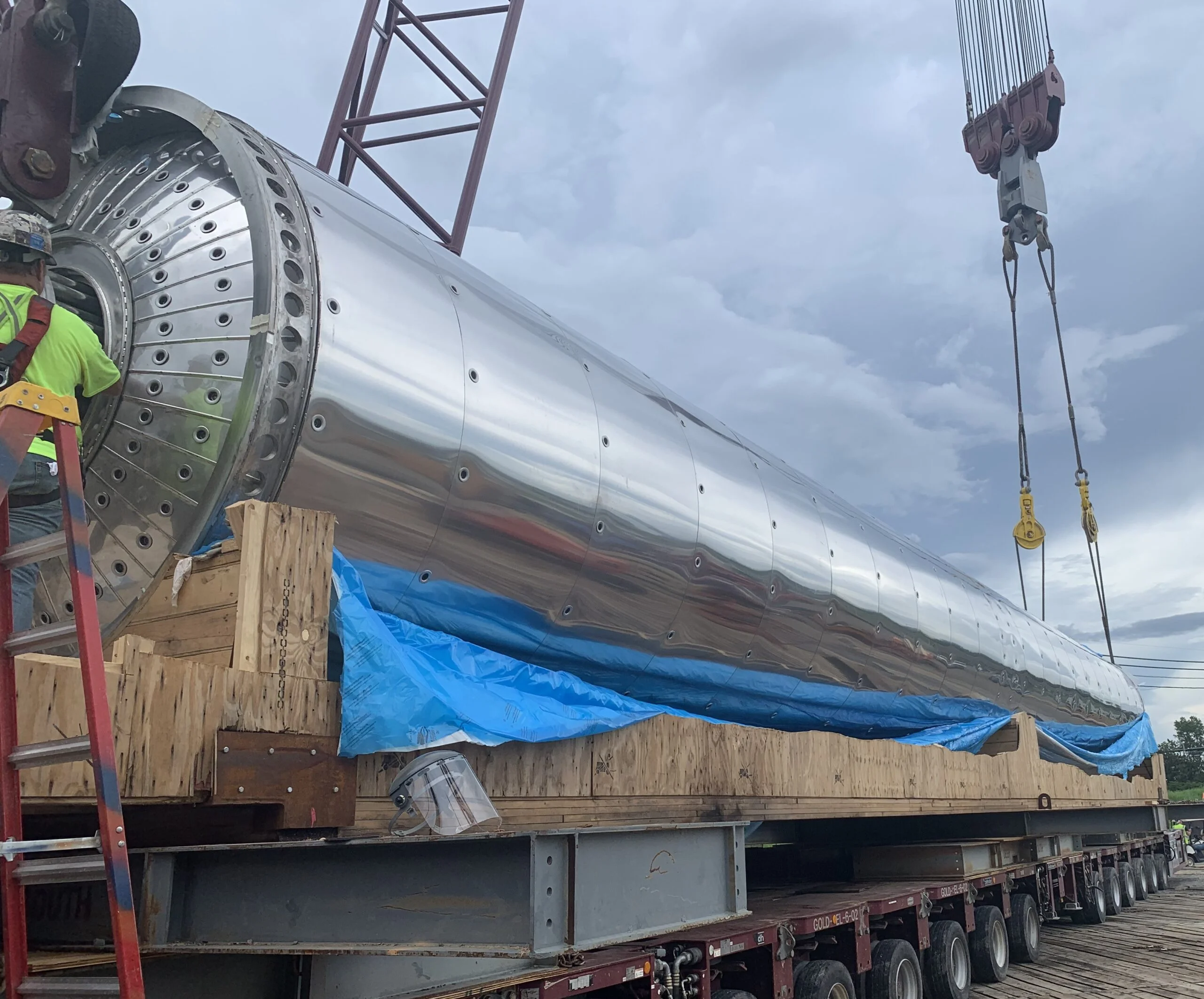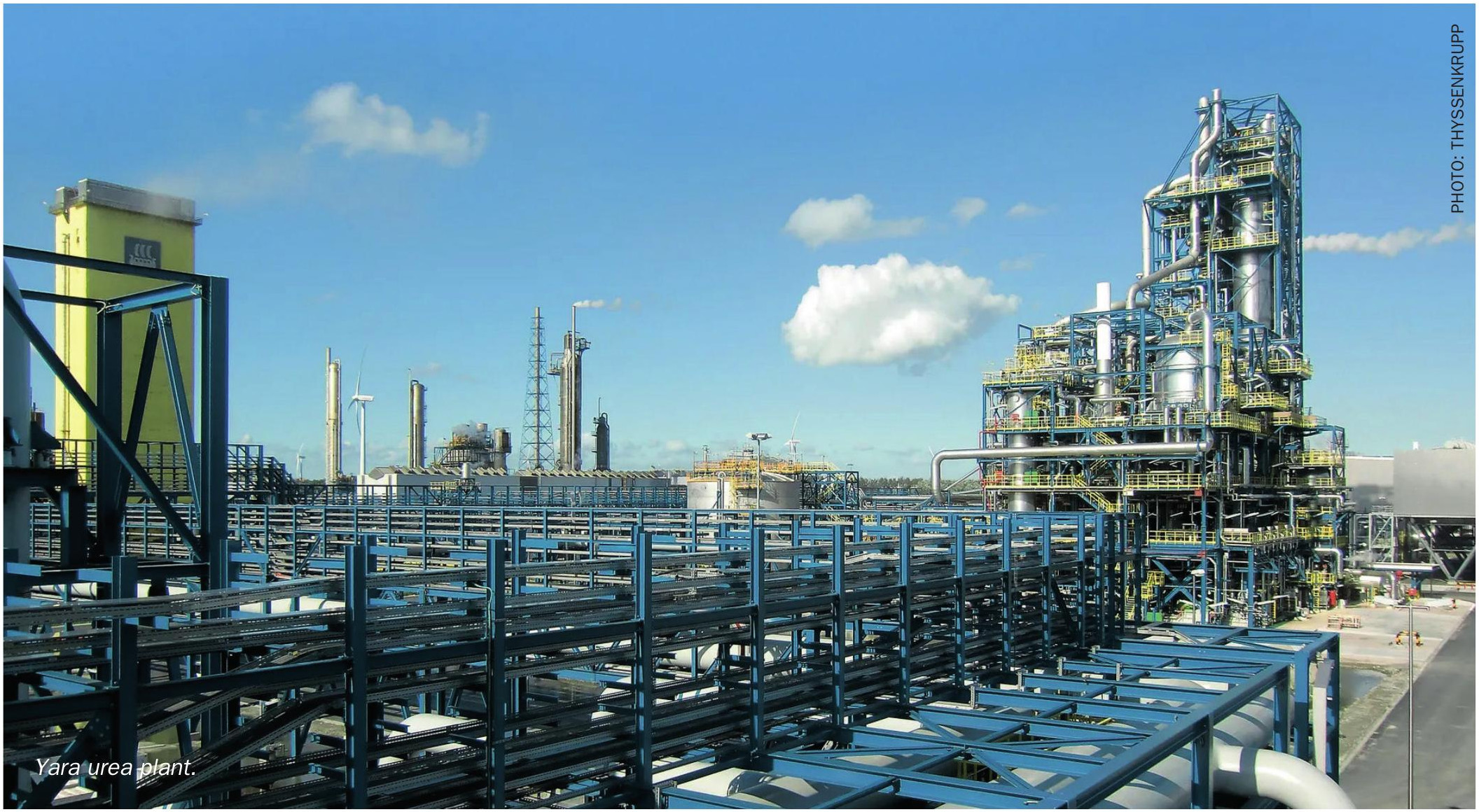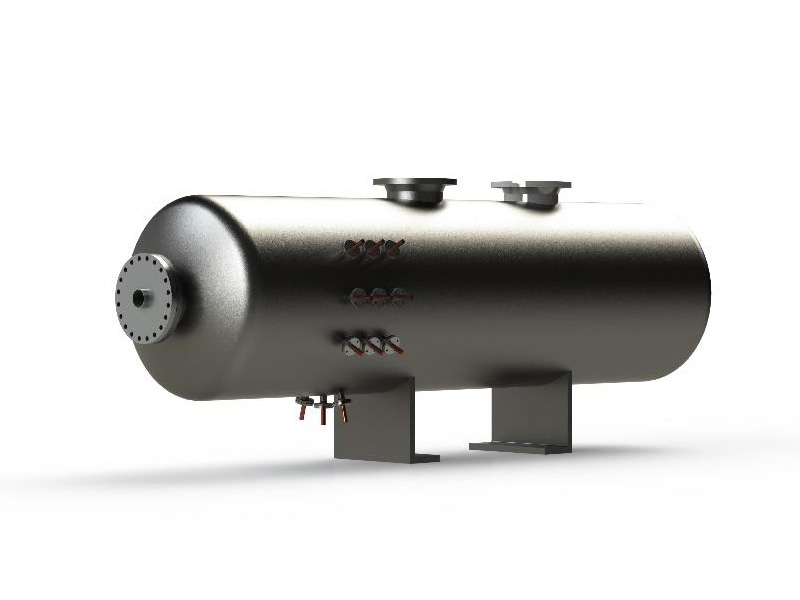Sulphur 391 Nov-Dec 2020
30 November 2020
SO2 emissions reduction using an IIoT solution
REFINERY EMISSIONS MANAGEMENT
SO2 emissions reduction using an IIoT solution
A. Bhargav and A. Krishnan of Helium Consulting Pvt. Ltd discuss how it is possible to reduce SOx emissions within the existing system setup of an oil refinery or gas plant through detailed analysis, expedited corrective actions and the use of automated algorithms in real-time, by using a digital IIoT solution to monitor, control and optimise.
Sulphur dioxide (SO2) is strictly regulated all over the world. One of the most difficult environmental problems facing industry is how to economically control SO2 emissions. Converting SO2 to sulphuric acid is one of the best options based on economic and utility considerations.
The largest source of SO2 emissions is from the combustion of fossil fuels at industrial facilities, e.g. coal-fired power plants. Smaller sources of SO2 emissions include industrial processes such as extracting metal from ore, and the burning of high sulphur containing fuels by various equipment.
Approaches and strategies for SO2 emission control
Various methods for SO2 control are based on either the prevention of SO2 pollution or end of treatment of flue gases. But small scale flue gas cleaning is often impractical and not feasible. Substitution of sulphur-containing fuels by clean fuel is desirable. Various approaches for controlling SO2 emissions include:
- Use of clean fuel: This includes either switching to a fuel with reduced amount of sulphur or reducing fuel-sulphur before its firing. Since SO2 emissions are directly proportional to the sulphur content of fuel, and also to the amount of fuel fired, a reduction in emissions can be achieved by switching to higher quality fuels with lower sulphur content.
- Removal of sulphur from the fuel: This includes various cleaning methods developed for desulphurising sulphur-bearing fuels prior to their firing.
- Preventing the production and release of SO2 during combustion: Several technologies have been developed to control SO2 emission during combustion. The most developed are the fluidised bed combustion technologies and integrated gasification combined cycle (IGCC).
- Flue gas desulphurisation (FGD): End-ofpipe treatment is based on FGD, where flue gas is treated before it is emitted into the atmosphere via the stack. FGD technology is used to remove SO2 from exhaust flue gases.
- Sulphur recovery system: The Claus process has been in use for several decades. The Claus tail gas treatment unit typically achieves close to 99% sulphur removal in refineries and gas plants.
In light of tightened regulations and necessary environmental protection, there are many options to consider. Helium Consulting experts can help to perform a thorough analysis, from emissions, to SO2 removal facilities and how to operate the existing system in an optimal way to gain the most benefit.
The Sulphur Solution
The primary objective of the Sulphur Solution is to optimise the sulphur recovery circuit and find the optimum operational parameters that enhance the performance while minimising the cost and bottlenecks for reducing SOx emission. This IIoT based technology works by capturing data and using it to provide information. The data integration and analytics produce effective, actionable business intelligence.
The IIoT-enabled digital systems with advanced analytics, help to improve decision making by aggregating data from multiple sources. The analytics help to recommend actions based on the data.
The benefits of IIoT-enabled tools include:
- decision making support and improved operation through continuous monitoring and by providing instant access to information;
- improved monitoring of energy usage helps to increase operating efficiency;
- less unplanned downtime with increased rate of asset utilisation;
- detection of efficiency losses;
- maintaining the effectiveness of control loops, controllers and models over time, so the benefits of advanced process control are sustained;
- lowering overall process risk, thus improving safety;
- reduced maintenance costs.
The IIoT-based Sulphur Solution is a proprietary software platform for sulphur systems in refineries, gas plants, the petrochemical industries etc. This high-speed, sulphur optimisation application integrates the visualisation of key performance indicators (KPIs) and process analytics. The solution combines the deep domain knowledge OT (operation technology) with IT (information technology) to offer unprecedented ability for online analysis. The solution provides an ecosystem for an integrated sulphur management system. The key components of the solution consist of the following:
- Helium’s proprietary LP model for the sulphur circuit;
- a commercially available adaptive process control application and simulation/process engineering platform;
- Helium’s rich dashboard with sulphur specific KPIs;
- a proprietary high speed integration platform aligned with modern high frequency big data like DCS, Historian, APC etc.
This solution intricately brings these components together to facilitate short term and long term decision making by plant personnel. By encompassing monitoring to control multiple process operations, using multiple software applications on one platform, the economics and environmental performance of an entire business can be improved.
A seamless stream of actionable insights enable the sulphur chain throughout the industry as a whole to inspect its process, providing analyses for optimization and early diagnosis of issues to prevent costly hidden upsets for several stakeholders. By having a single window, real-time actionable insights can be used to optimise the process profitably, thus syncing numerous functions under one roof. By providing extremely detailed data in real time, the IIoT can help companies understand their business processes better and, by analysing the data coming from sensors, can make their processes more efficient and even open up new revenue streams.
Case study: A refinery digitalisation journey
Refineries are one of the larger sources of SOx emissions. The Sulphur Solution is part of the digital journey of the refinery, helping to identify gaps in the process and improve decision making.
The key challenges can be summed up by:
Regulatory challenges
- catering to the environmental norms.
Data challenges
- data available in a segregated manner;
- data in terms of information not available.
Operational challenges
- identification of operational issues;
- identification of instrumental issues;
- identification of optimum operation conditions;
- optimum energy usage.
Reporting challenges
- visualising data with a single platform;
- taking action based on data.
The solution approach
Once the requirements based on the above challenges were determined, the solution was implemented. Helium Consulting brings together the experience as the technology implementation partner for optimisation and simulation as a cohesive eco system for an integrated sulphur management system.
The implementation findings included the following:
Data and analytics
During the implementation phase the emission and other sulphur line data were found to be erratic. The data is obtained from various sources. It is important that the data is cleaned before it is used. This helps to remove the risk of taking decisions on data with imperfections that do not accurately represent the situation at hand.
The instrumentation error also gets captured by the software. The erratic instruments list is published by the software and appropriate actions like calibration and tuning take place by the plant maintenance team. The calibration of sulphur and SOx measuring instruments takes place at frequent intervals to remove the solid sulphur from the line and record proper measurements.
Required soft sensors were developed from the data and implemented. Some of these soft sensors are, for example, dew-point data measurements such as outlet condenser temperature measurements. A redundancy soft sensor has been developed for measuring the H2 S/SO2 ratio in real-time. Soft sensors inform operators and engineers in real time what is going on in their processes. Sulphur soft sensing solutions are so reliable that they are used in closed loop to improve the performance of assets.
The data model runs in the background, targeting the optimum operating point. Data points include, for example, reactor optimum temperature for proper conversion and to reduce emissions, and optimum condenser temperature to be maintained to remove elemental sulphur and prevent it from carrying over to the next reactor, thus helping to maintain reactor life.
Unified information
The data required to monitor and operate the sulphur system was segregated throughout the plant, with multiple data at various sources like process data, lab data, advance process control data, planning data etc. The data integration combines data from multiple sources to create unified sets of information for both operational and analytical uses. The primary objective is to produce consolidated data sets that are clean and consistent and meet the information needs of different end users in an organisation.
The software integrated the data with multiple applications and layers of data validation, AI/ML-based intelligent data analysis and KPIs generated and are visualised in the dashboard.
The Sulphur Solution enhanced the refinery’s economic and environmental performance using a unified solution for the entire business process encompassing monitoring to control the operation of multiple processes using multiple software applications on one platform.
This solution can be used in units that generate or recover sulphur, e.g. ATU, SWS, SRU TGTUs. Users can access the data and obtain recommendations for appropriate operational actions.
Benefits
The multiple application integration with its optimisation options gives the industry stakeholder an appropriate platform to make various decisions which can result in an energy reduction of 1-3%, reduced emissions by 50-400% and significantly more stable plant operations.
The Sulphur System has provided the following key benefits:
- identification of all erratic data and instruments;
- data from various sources can be combined in one place for better investigation – the sulphur dashboard is used to centralise the sulphur specific requirements;
- sulphur process optimisation help to identify the optimum value to operate;
- regular status of the sulphur units with action status sent to user for taking decision;
- significant reduction in plant SOx emissions.
Conclusion
The Sulphur Solution can be applied in any industry where sulphur removal is an issue. Besides implementing the best sulphur control technology as illustrated, monitoring and taking corrective action at the appropriate time is very important. The Sulphur Solution is built upon cutting edge technology combined with the power of big data analysis, AI/ML and other intelligent technology.
The core pivot around which the Industry 4.0 phenomenon revolves is data and its efficient use and management. The idea of collecting data and translating it into decision making is not new but its applications under Industry 4.0 are revolutionary.


